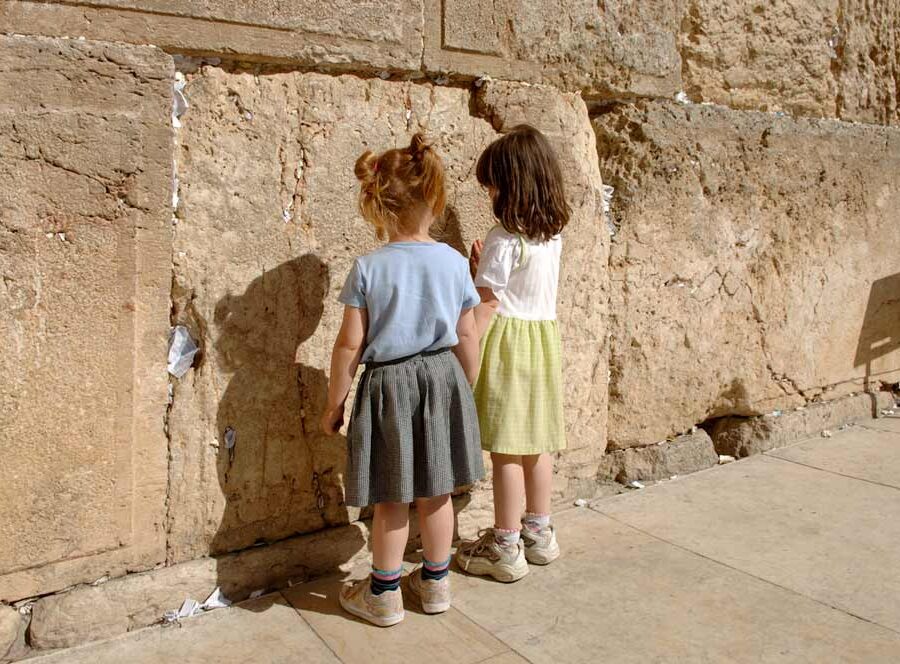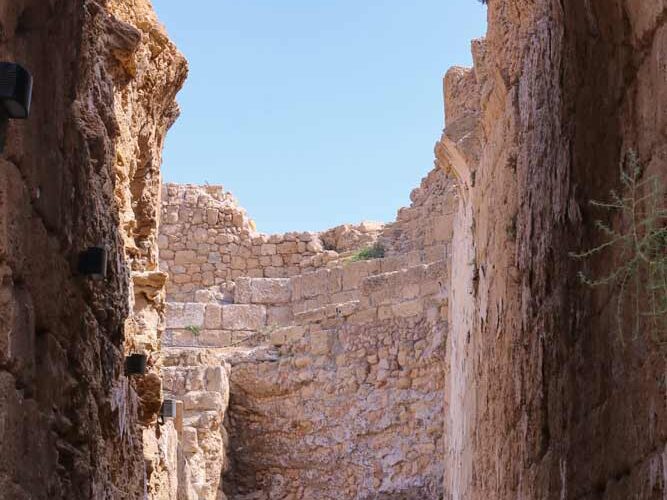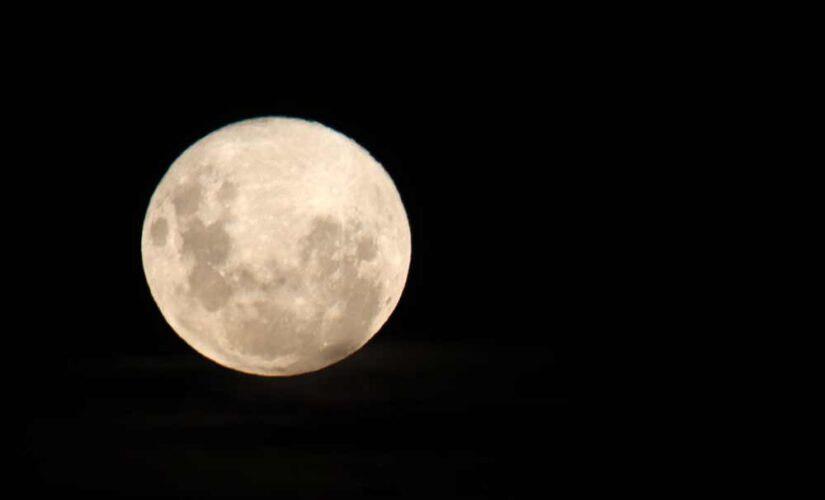Tzfat is a city in the Northern District of Israel. Located at an elevation of…
#64 When you say “Next year in Jerusalem” you can be in Jerusalem

L’Shana Haba’ah B’Yerushalayim “Next year in Jerusalem”, is a phrase that is sung at the end of the Passover Seder and at the end of the Ne’ila service on Yom Kippur. Its use during Passover was first recorded by Isaac Tyrnau in his 15th century CE book cataloging the Minhaggim of various Ashkenazi communities.
L’Shana Haba’ah evokes a common theme in Jewish culture of a desire to return to a rebuilt Jerusalem, and commentators have suggested that it serves as a reminder of the experience of living in exile.
Jews living in the Diaspora pray “Next Year in Jerusalem!” each year at the end of Passover and Yom Kippur. After the destruction of the Jewish temple, the hope of seeing it rebuilt became a central component of Jewish religious consciousness and the most common way religious Jews have expressed hope for future redemption. An inversion of the phrase (“בירושלים לשנה הבאה“) is seen in Joseph Ibn Abitur’s 10th century poem “A’amir Mistatter“, which is found in the Cairo Geniza and appears in many Ashkenazic Makhzors as a prayer for the Shabbat before Passover. Isaac ibn Ghiyyat’s poem “Yedidekha me-Emesh” contains the phrase in its more common wording (“לשנה הבאה בירושלים“). Isaac Tyrnau in the 15th century CE was the first to write of recitation of the phrase during Passover. The phase is not found in works such as the Tanakh, the Talmud or any of the Haggadot of the Rishonim period such as Rashi and Rabbeinu Tam.
The Talmud is replete with statements affirming the superior religious status of the Holy Land, the obligation of Jews to live there, and the confidence in the ultimate collective return of the Jewish people.
Jewish belief posits that although the Temple in Jerusalem was destroyed twice, it will be rebuilt a third time, ushering in the Messianic era and the ingathering of the exiles. Some Jewish rituals express the desire to witness those events, couched in the phrase L’Shana Haba’ah B’Yerushalayim (“Next year in Jerusalem”). For example, the Passover Seder concludes with L’Shana Haba’ah B’Yerushalayim. and the fifth and final prayer service of Yom Kippur, Ne’ila, concludes with the blowing of a shofar and the recitation of L’Shana Haba’ah B’Yerushalayim. In Israel, Jews often add an additional word to the phrase: L’Shana Haba’ah B’Yerushalayim habnuyah (“Next year in the rebuilt Jerusalem”).



